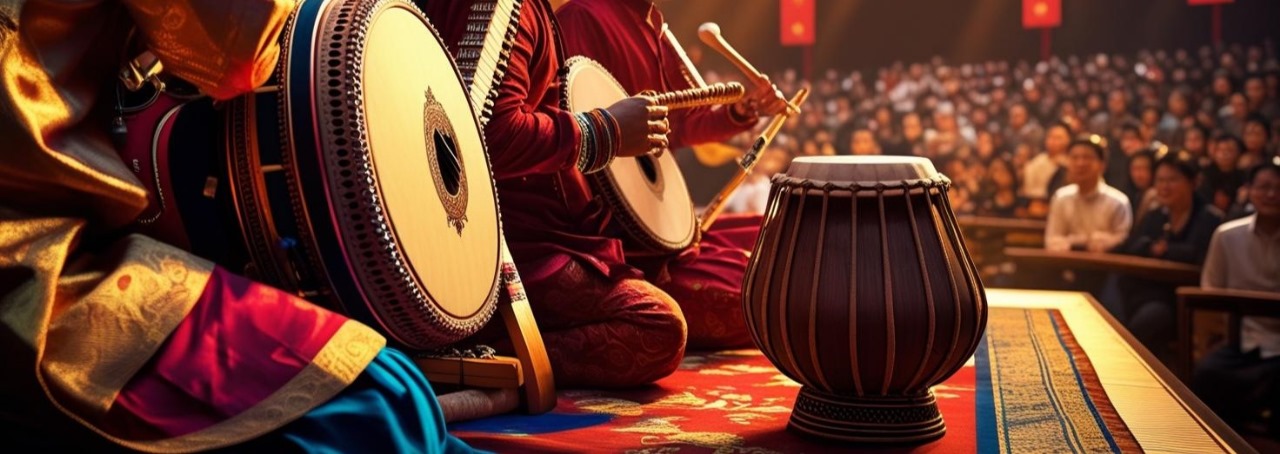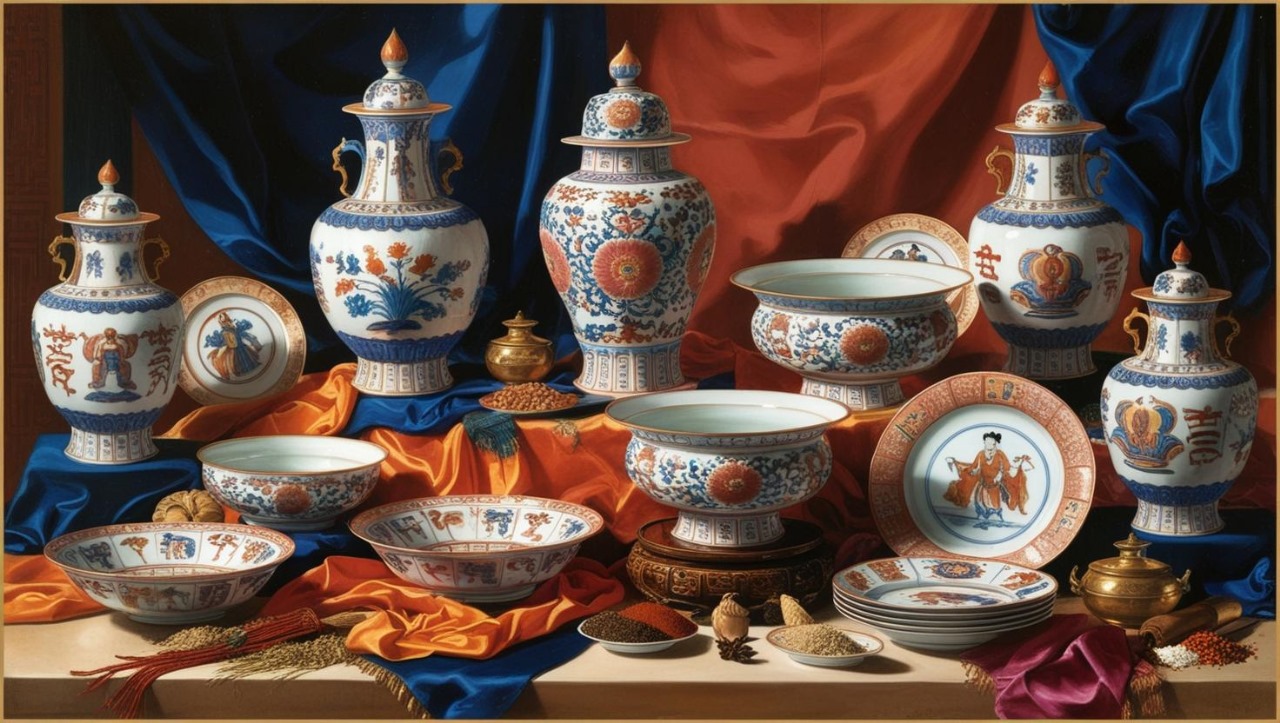Video games are a uniquely contemporary avenue of cultural and people-to-people interactions. Their popularity and cultural relevance has increased significantly over the last decade. In India, Chinese video games have become highly popular, especially mobile gaming, capturing the attention of young Indians as well as a large share of the mobile and desktop gaming market in the country. The journey of Chinese video games in the highly lucrative gaming market of India is reflective of how modern cultural interactions between India and China are shaped by games, and also the broader bilateral relationship between the two countries.
Gaming in India did not take off until the mid-2010s, when a telecom price war drove down the cost of mobile data. By then, desktop personal computers were already prominent in India, less so for gaming, but a trend to deploy PCs for gaming was starting to take shape. Mobile phones were becoming cheaper and their quality improved quickly as well, allowing everyone to turn their smartphone into a gaming console. The conditions were right for the entry of video games made by Chinese companies like Tencent, NetEase, Elex Wireless and several others. Very quickly they became the biggest hits in the Indian video game market, influencing leisure culture and the gaming industry.
The Allure of Chinese Games in India
The most popular China-made video game till date that entered the Indian market was PUBG Mobile. The mobile version of the game was developed by Tencent Games, a subsidiary of the Chinese company Tencent Holdings. By 2019, the game had 33 million - 50 million active players in India alone, with 13 million Indians playing the game everyday. Surprisingly, the game failed to receive regulatory approval in China for its violent content that was deemed to have a negative effect on the youth of the country. In India, the game became a household name, quickly attracting large numbers of players. Students, professionals and even celebrities and influencers jumped onto the bandwagon, accelerating the game’s popularity. By the time China approved the game for domestic audiences, India ranked first in the world for downloads of the game, accounting for 24% of all downloads, compared to 16.7% in China.
The game became the centrepiece of leisure culture for young Indians, accompanying chai that typically characterises leisure or breaks from work. The online gaming community also developed around PUBG, with streamers gaining millions of subscribers like MortaL, a prominent Indian streamer, with almost 7 million subscribers. The game spawned knock-off brand apparel at street-shopping sites in markets in various cities of India. The reach of the game was so vast that children were dropping out of schools and colleges in order to play videogames at professional leagues and tournaments, and join the e-sports community, gaining cash prizes, endorsements and scholarships. One estimate indicates that Indians spent over 19.65 million USD on in-game purchases in 2017 alone. The game was majorly responsible for the evolution of gaming culture in India, with talent management companies, influencers and esports gamers making PUBG a major part of their content.
Gaming as a Tool of Chinese Culture and Soft Power
PUBG was just the most popular of the video games made by Chinese companies for an Indian audience. Several others like Free Fire which was made by a Singaporean company partially owned by Tencent, also gained popularity in India. Games like Clash of Kings by Beijing ELEX Technology, Rise of Kingdoms by Lilith games, Game of Sultans by China-based Mechanist Games and Clicktouch Technology and other China-made games have positioned themselves prominently in India’s gaming culture. Chinese companies have also adapted features into their games in order to make it more palatable to cross-cultural audiences. Games like PUBG Mobile and Free Fire, were specifically created for the local market with tailored in-game content. The content included features like the game being set in a virtual simulation training ground, new characters starting clothed and green hit effects to reflect the virtual nature of the game. There are also specific Indian elements in terms of game design which reflect Indian culture, such as interiors of buildings and Indian clothing.
Games have increasingly become a popular and effective medium of diffusing Chinese culture into societies like India. Genshin Impact, developed by Chinese game developer MiHoYo, is a role-playing, open world game with anime-esque character designs. It was released in September 2020 and has emerged as an effective channel for projecting folklore, values and Chinese culture to the world, a tool of soft power. More recently, the Chinese blockbuster game, Black Myth: Wukong, which was released on August 19 2024, captivated global audiences with its stunning visuals and storytelling. The game is a cultural export, telling the story of a 16th century Chinese novel, “Journey to the West”. Interestingly, the novel and game have an Indian connection, as they are based on the travels of Monk Xuanzang, who was famous for visiting India in search of Buddhist scrolls around 630 A.D. The game tells the story from the perspective of Sun Wukong, a monkey who protects Xuanzang during his journeys through “The West” (India), in search of Buddhist scrolls. With games like Black Myth, Genshin Impact and PUBG, Chinese companies have developed a potent medium of cultural transmission and soft power projection, with its impact evident in countries like India.
Chinese Video Games in India
The Leveling Down of Chinese Gaming Industry in India
The soaring popularity of Chinese video games in India came to an end as bilateral tensions between both countries over the Line of Actual Control in 2017 and 2020 spiralled into armed confrontations between soldiers on both sides. Following a deadly clash in 2020 between Indian and Chinese soldiers, the Indian government banned several Chinese apps from the Indian market. This included several games like PUBG, Road of Kings, AFK Arena, Mafia City, Arena of Valour and many others made by Chinese companies. Out of the 118 Chinese apps that were banned by the Indian government, 35 were video games. The crackdown on Chinese gaming platforms and publishers has continued with some Indian civil society groups calling on the government to ban games like Undawn, a Tencent game launched in India on June 15, the date of the Galwan incident. More recently, the Enforcement Directorate in India arrested individuals connected with an online gaming application called Fiewin, which was operated by Chinese nationals, for defrauding Indians to the tune of 400 crore INR.
These incidents and the broader bilateral relationship has seriously impacted China’s gaming exports to India and its cultural currency. Some stakeholders have even stated that bans on games like PUBG have setback the Indian esports market, even giving Chinese games credit for instating mobile gaming culture at large. The ban on Mobile Legends, for instance, left a vacuum in the Multiplayer Online Battle Arena (MOBA) category, which was difficult to fill as Mobile Legends was the highest grossing MOBA title in India with more than 10 million downloads.
Looking Ahead
The rise and fall of the influence of Chinese video games in India follows the trajectory of broader bilateral relations, as well as Chinese soft power projection in India. Video games, an increasingly popular medium, leveraged the potential to build cultural connections between India and China, particularly with the youth. The Chinese video game experience in India reveals a cultural and economic narrative where simpler, cost-effective gaming experiences captured the attention and interest of Indian gamers and consumers. The localized content and affordability cemented Chinese games in the Indian market and represented a unique cross-cultural exchange that prioritizes simplicity and cultural relevance over high-end gaming technology within the rapidly evolving market.



.jpg)


